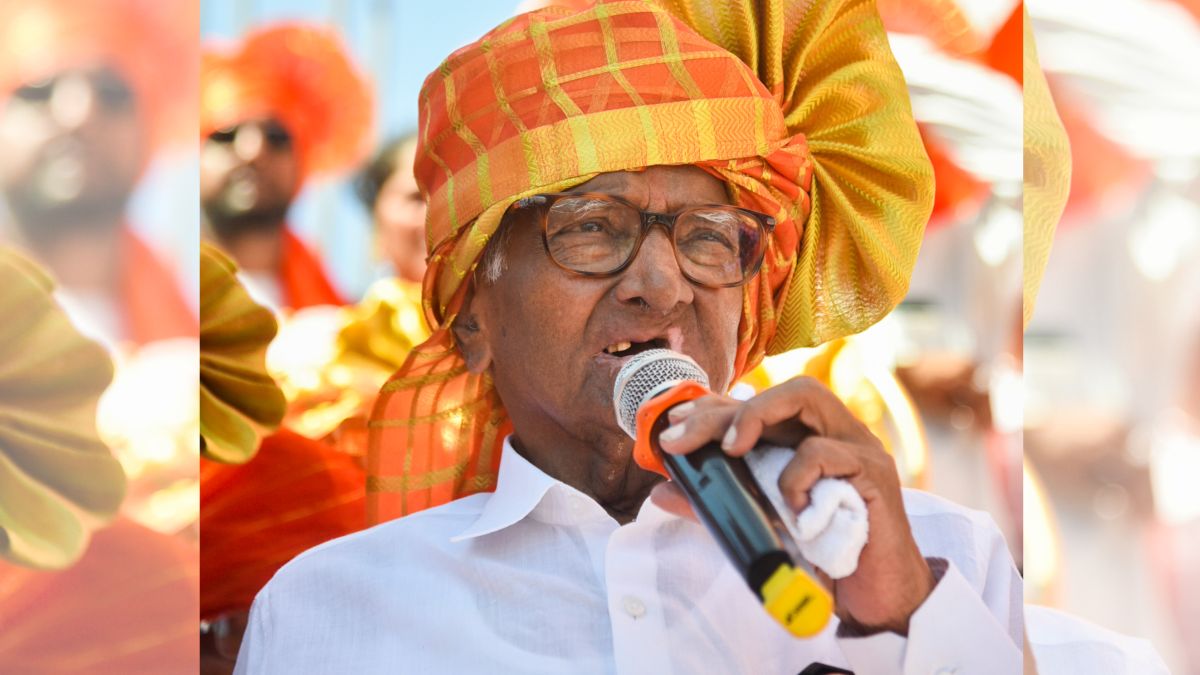What is it about India that all sensible policy changes have to happen only through fudge and illegality?
Our cable TV revolution happened by tossing cables from tree-top to buildings. There was no law to enable it. Our capital market was democratised by Dhirubhai Ambani, who sought to lower capital costs by converting debt into high-priced equity through dubious means. His son Mukesh brought mobile telephony to the masses by pressuring the NDA government to lower licence fees through a legal fudge: labelling fixed line telephony, which attracted lower licence fees, as wireless in local loop.
And now, Lavasa Corporation Ltd, brain-child of business tycoon Ajit Gulabchand of Hindustan Constructon Corp, is forced to create the prototype of India’s model urban future by testing the limits of the law. The Ministry of Environment and Forests, in an order dated 13 October, has simply opted out of giving him environment clearance - robbing a near-complete phase 1 of the city of legitimacy, throwing thousands of workers out of a job.
Little wonder, Gulabchand, who is Chairman of Lavasa Corp, is a frustrated man. “India has reached the stage where there is absolutely no justice,” he told CNBC TV-18.
India is a frustrating place for visionaries because the system is simply too suspicious of innovation and bright ideas. Even if there is one bright spark in the government who understands the idea behind a proposal, the neta-babu nexus is there trying to convert someone else’s idea into personal profit.
The Lavasa idea is about creating a fairly eco-friendly, self-contained hill city of 25,000 hectares - roughly a fourth of Mumbai’s size. Situated 215 km from Mumbai and around 75 km from Pune, it is a city built from scratch aimed at the middle and upper classes, but with some spaces for workers and villagers. It is not inclusive in the sense of being entirely pro-poor, but as a pilot project planned entirely through private initiative, it is a pioneer.
Let’s also be clear. The project, which had Sharad Pawar’s blessings , got off the ground only because of political support to get the land cleared of villagers and access to water bodies, including a lake. But beyond that, it is a visionary idea.
India needs several hundred new Lavasas over the next 20 years, given the rapid pace at which it is urbanising. India is already 32 percent urban,which gives you an urban/semi-urban population of nearly 360-380 million right now. By 2030, this figure could balloon to 650 million.
If we want moderately liveable cities, we need new cities, not old ones with crumbling infrastructure and sprawling slums where land costs are simply unviable (Mumbai, for example, is simply unaffordable even to the upper middle-classes). The additional 300 million people who will head for cities over the next 20 years can either cram the Mumbais and Delhis and Bhopals of the world, or be diverted to new, planned cities with better amenities - like Lavasa or Dholera in Gujarat.
Assuming one million to be a good size for viable new cities, we need 300 new cities over 20 years. This means we need 15 new Lavasas with one million capacity every year.
It is in the context of this reality that we need to see the Lavasa experiment - and build a new urban vision. But what we have is a complete unwillingness to face reality - from the government, from the environment ministry, from civil society, and from politicians.
Let’s take the 13 October order of the Ministry of Environment and Forests (MOEF) on Lavasa Corporation that angered Gulabchand so much.
It is an exercise in escapism. It is a complete and irresponsible cop-out. In effect, the ministry has tried to wriggle out of the need to take a clear decision on giving Lavasa an environmental clearance for fear of the public mood - which is clearly against government appearing to be on the side of business after all the recent scams.
Of the five pre-conditions set for clearing Lavasa, only one was not met: the question of whether there was credible action from the Maharashtra government for alleged violation of the Environment Protection Act (EPA).
Can Lavasa do anything about the Maharashtra government’s lack of credible action? It can only respond if the state does prescribe some kind of action - which it hasn’t.
The MoEF’s cop-out is simply this: it has neither given nor rejected Lavasa’s environmental clearance. It has merely said that since the state government’s action (or inaction) on alleged violations of the EPA is still to be clarified, the ministry in unable to give clearance.
Says the order: “As the pre-condition on the credible action on violation of EIA (environmental impact assessment) notification, 2006, has not been complied with, the ministry is unable to issue the environment clearance to the first phase of hill city project (2,000 hectares) of Ms LCL. (Lavasa Corporation Ltd)”.
In effect, this is a non-order. It lobs the ball in the state government’s court, where, too, there’s another cop-out because the matter is in court - and governments will do anything to avoid taking a decision on hot-potato issues like the environment.
The broader point is this: We are simply unwilling to face the reality that India needs freshly-minted cities. We need a hundred Lavasas - but better designed, better planned, and more inclusive than the one conceptualised by Ajit Gulabchand. India needs a new urbanisation law as much as it needs a new Land Bill or a Mining Bill.
Why do we need a Gulabchand to test the limits of the law to demonstrate something we all know we need?
Watch video: MoEF’s 11-month delay over Lavasa has hurt financials: HCC
You can view the entire Law Ministry order on Lavasa below
Ministry of Environment Order on Lavasa)
)
)
)